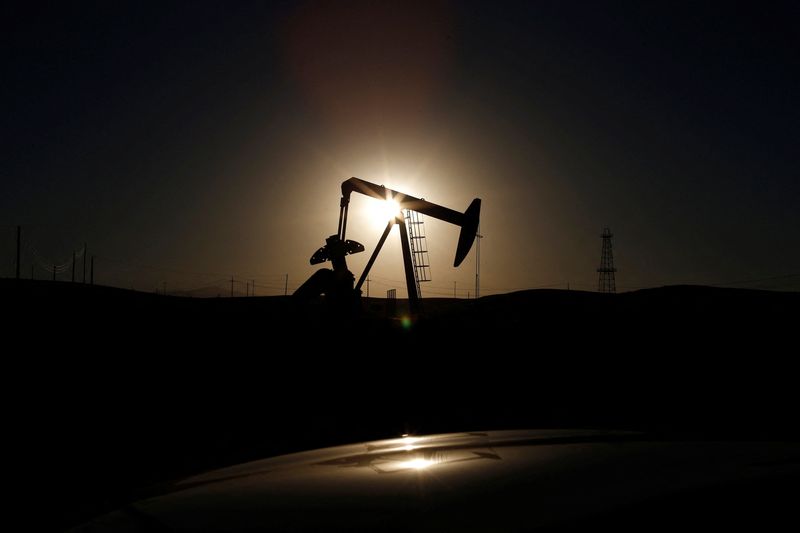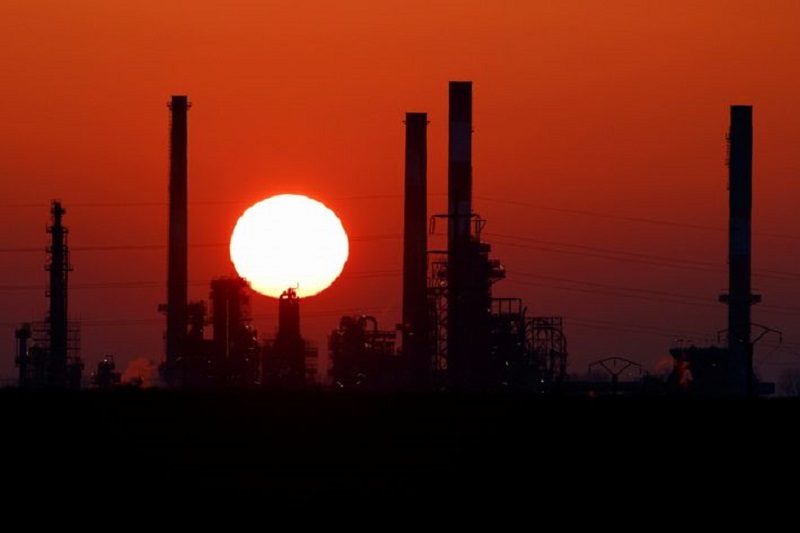By Nicole Jao
NEW YORK (Reuters) -Oil prices rose slightly on Wednesday on concerns that the escalating conflict in the Middle East could threaten oil supplies from the world’s biggest producing region, but a large inventory build-up limited gains.
futures rose 34 cents, or 0.46%, to settle at $73.90 a barrel. U.S. West Texas Intermediate crude rose 27 cents, or 0.39%, to $70.10 a barrel.
On Tuesday, Iran fired more than 180 missiles at Israel, the largest ever direct attack on the country. Israel and the United States have vowed retaliation for the attack, a sign of growing conflict in the region.
Israel’s retaliation could include attacking Iranian oil production facilities and other strategic locations, US news website Axios reported on Wednesday, citing Israeli officials.
On Wednesday, Iran said the missile attack on Israel was over, barring further provocation. It added that any Israeli response to its attack would be met with widespread destruction.
An attack on Iran’s oil infrastructure could prompt Tehran to respond with an attack on Saudi oil facilities, similar to one carried out in 2019 on crude processing facilities there, said Tamas Varga of oil brokerage PVM.
“Each of these events would irreversibly push oil prices significantly higher,” he said.
In a new escalation of the conflict, the Israeli army on Wednesday sent regular infantry and armor units to take part in ground operations in southern Lebanon against the Iranian-backed Hezbollah.
During a United Nations Security Council meeting Wednesday on the Middle East, Israel and Iran threatened each other with retaliation if they were attacked.
“A major escalation by Iran threatens to draw the US into the war,” Capital Economics said in a note. “Iran accounts for about 4% of global oil production, but a key consideration will be whether Saudi Arabia will increase production if Iranian supplies are disrupted.”
US CRUDE STOCKS ARE RISING
Iranian oil production rose to a six-year high of 3.7 million barrels per day in August, ANZ analysts said.
U.S. crude inventories rose 3.9 million barrels to 417 million barrels in the week ended Sept. 27, offsetting gains made during the week, the Energy Information Administration said. This compared with analyst expectations in a Reuters poll for a draw of 1.3 million barrels. Gasoline stocks also rose last week, but distillate stocks fell.
“As we descend into seasonal refinery maintenance, a sharp decline in refining activity has led to an expansion of crude inventories,” said Matt Smith, chief oil analyst at Kpler.
At a meeting on Wednesday of top OPEC+ ministers, oil production policy remained unchanged. The group wants to increase production by 180,000 barrels per day every month from December.

“Any suggestion that production increases will continue could allay concerns about supply disruptions in the Middle East,” ANZ analysts said.
The Wall Street Journal reported on Wednesday that Saudi Arabia’s oil minister warned that oil prices could fall to $50 a barrel if OPEC+ members do not stick to agreed production cuts. OPEC refuted this claim, saying the article was “completely inaccurate and misleading”.


